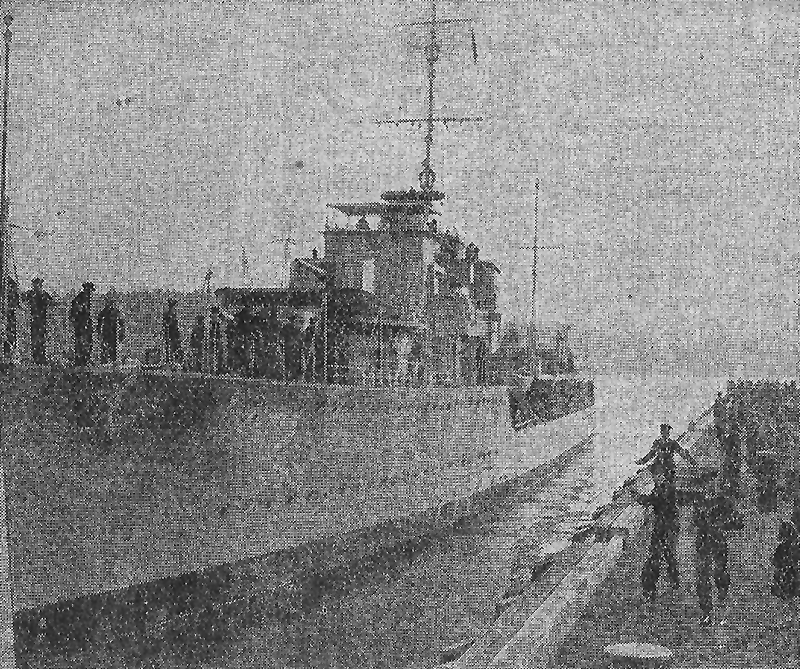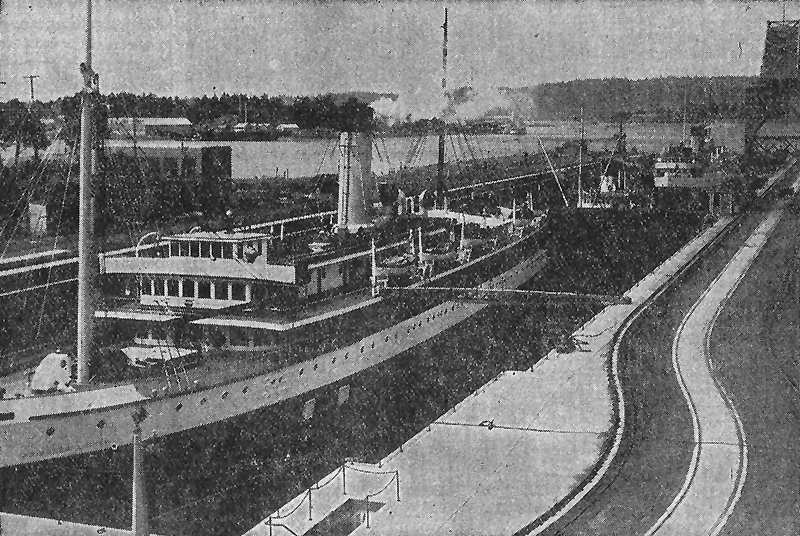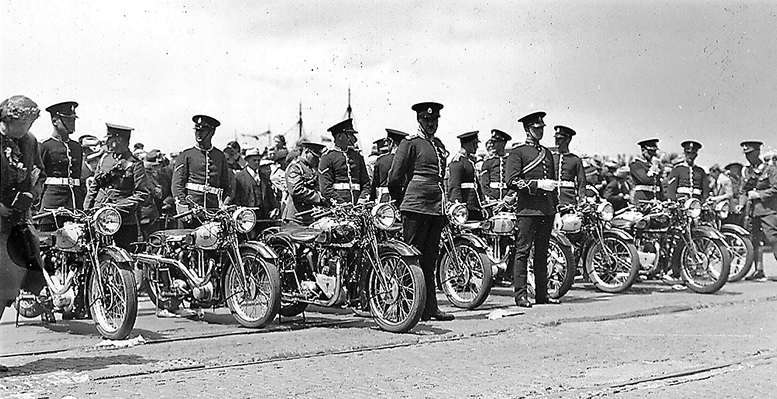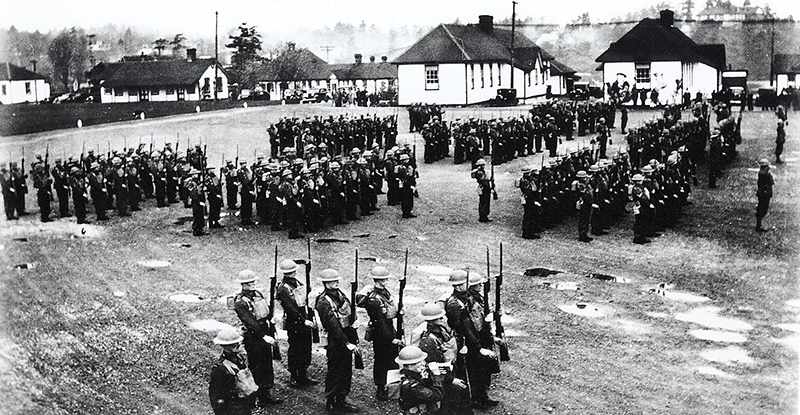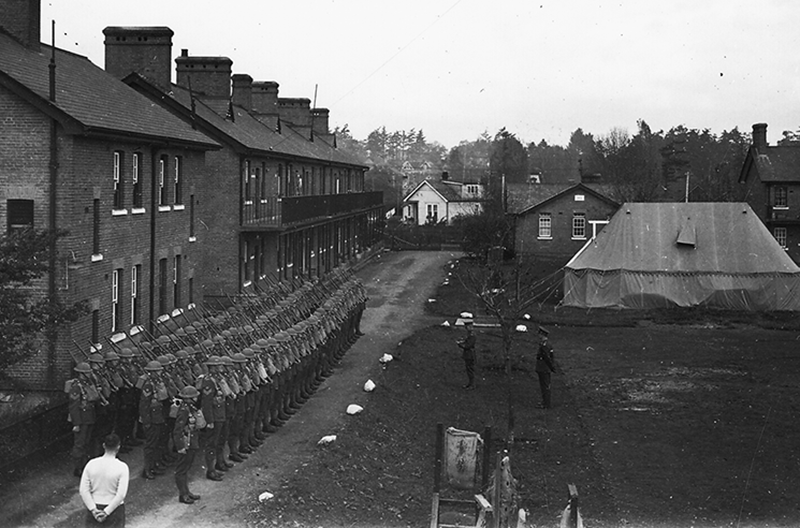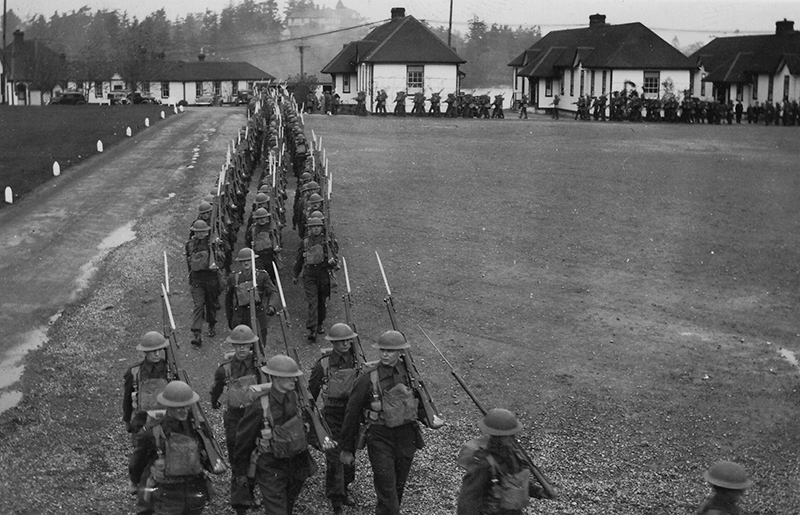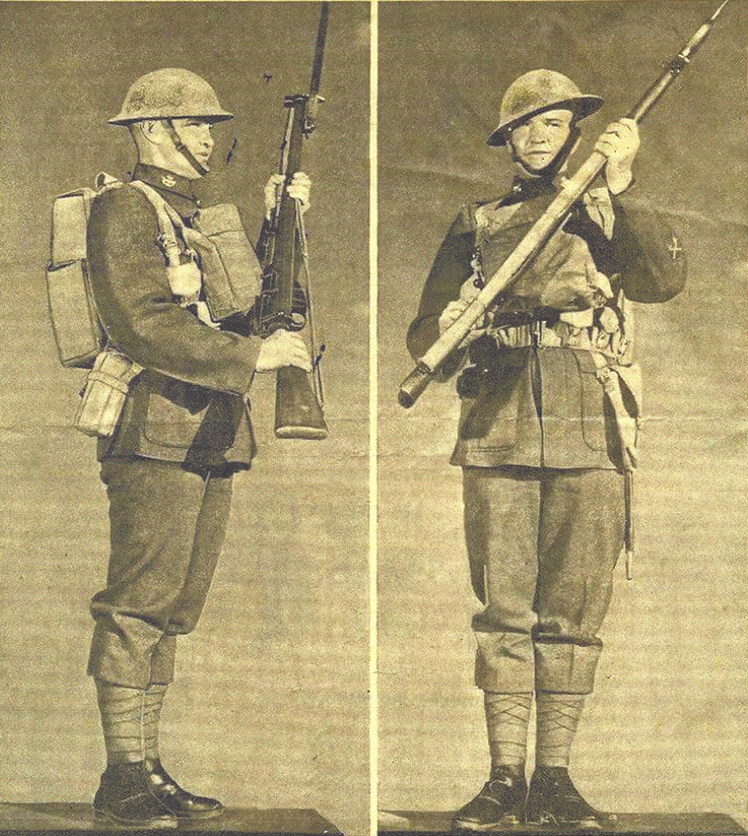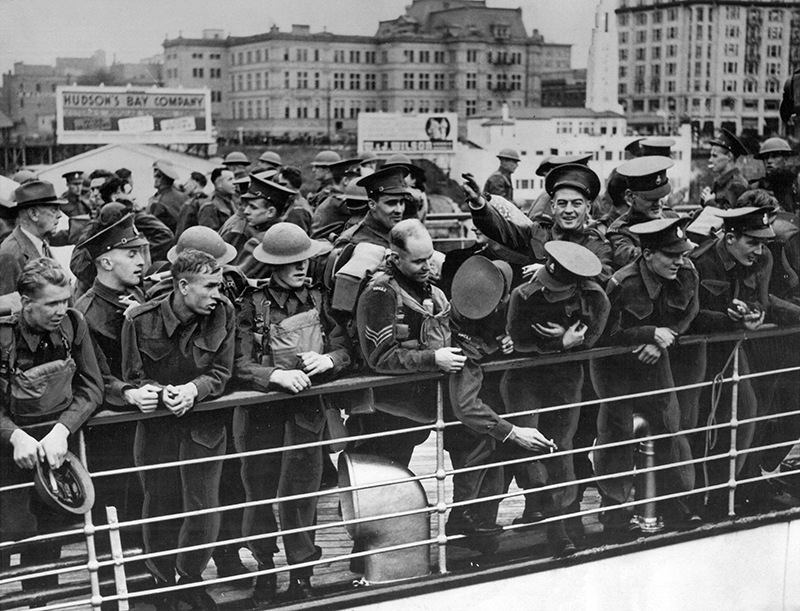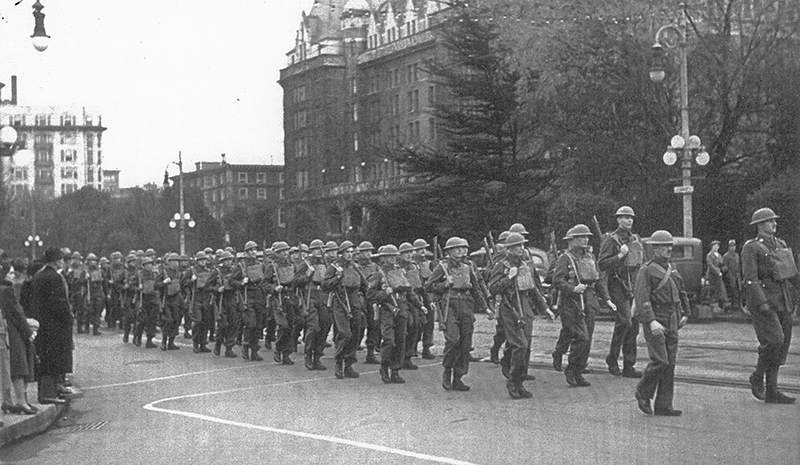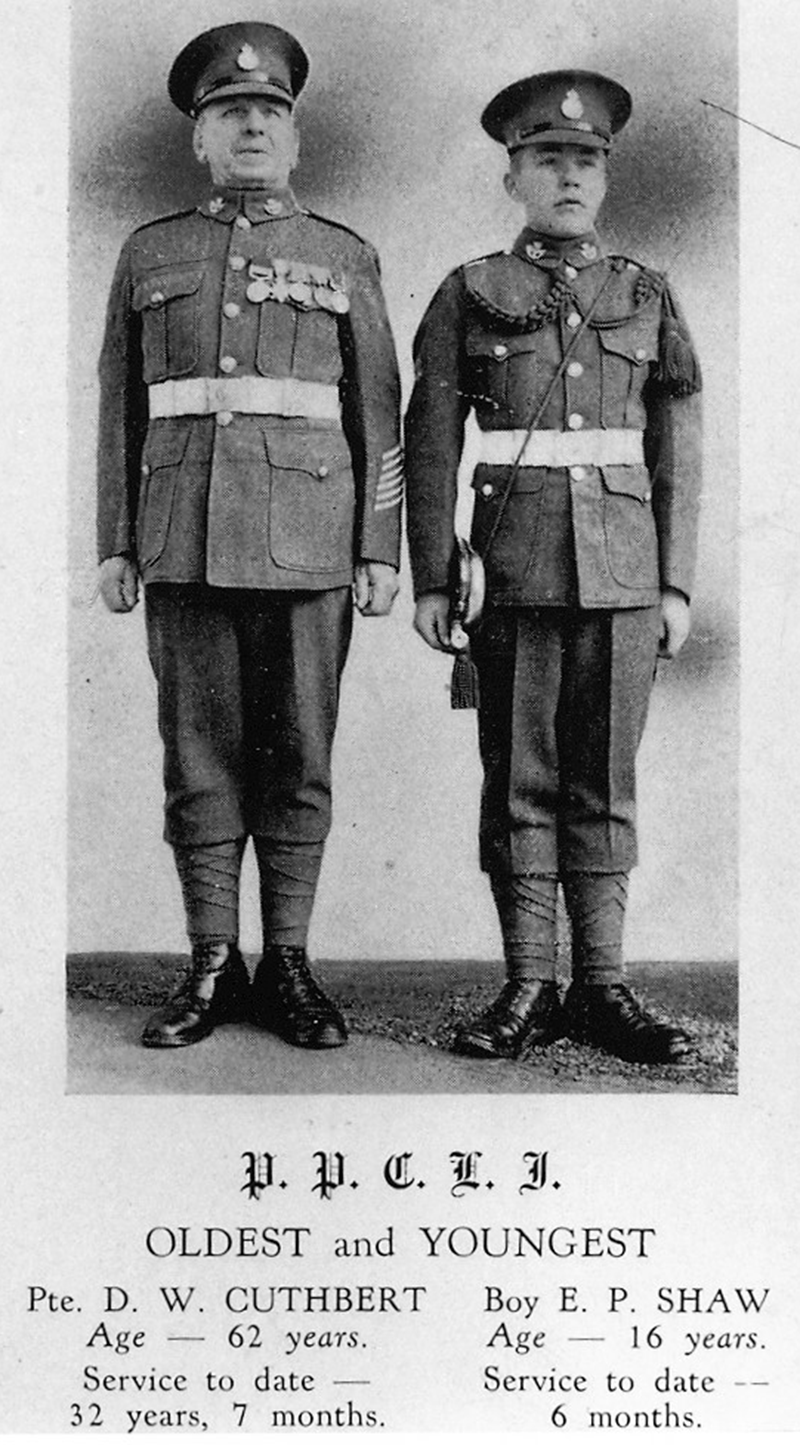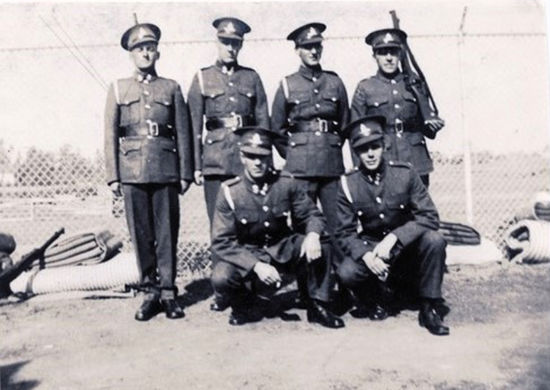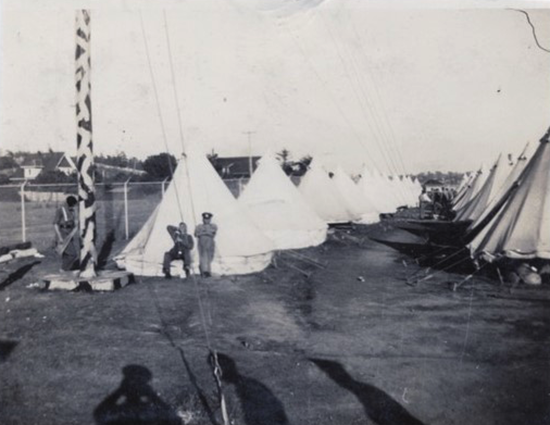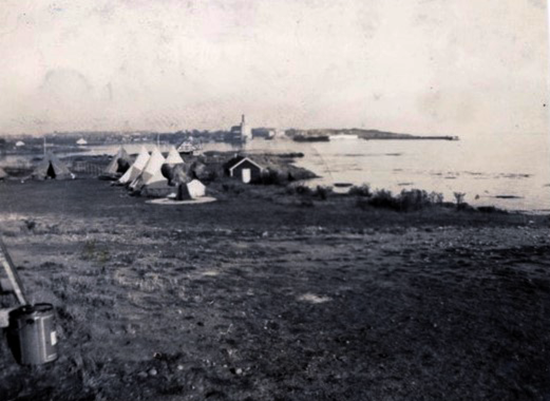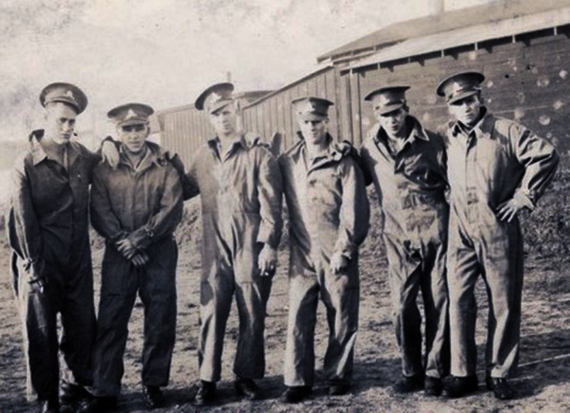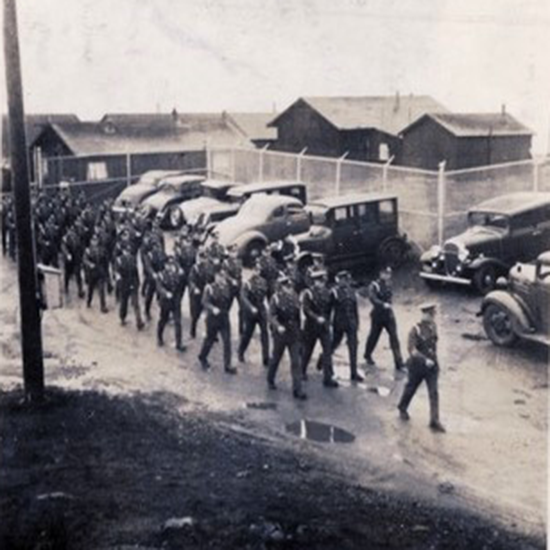 |
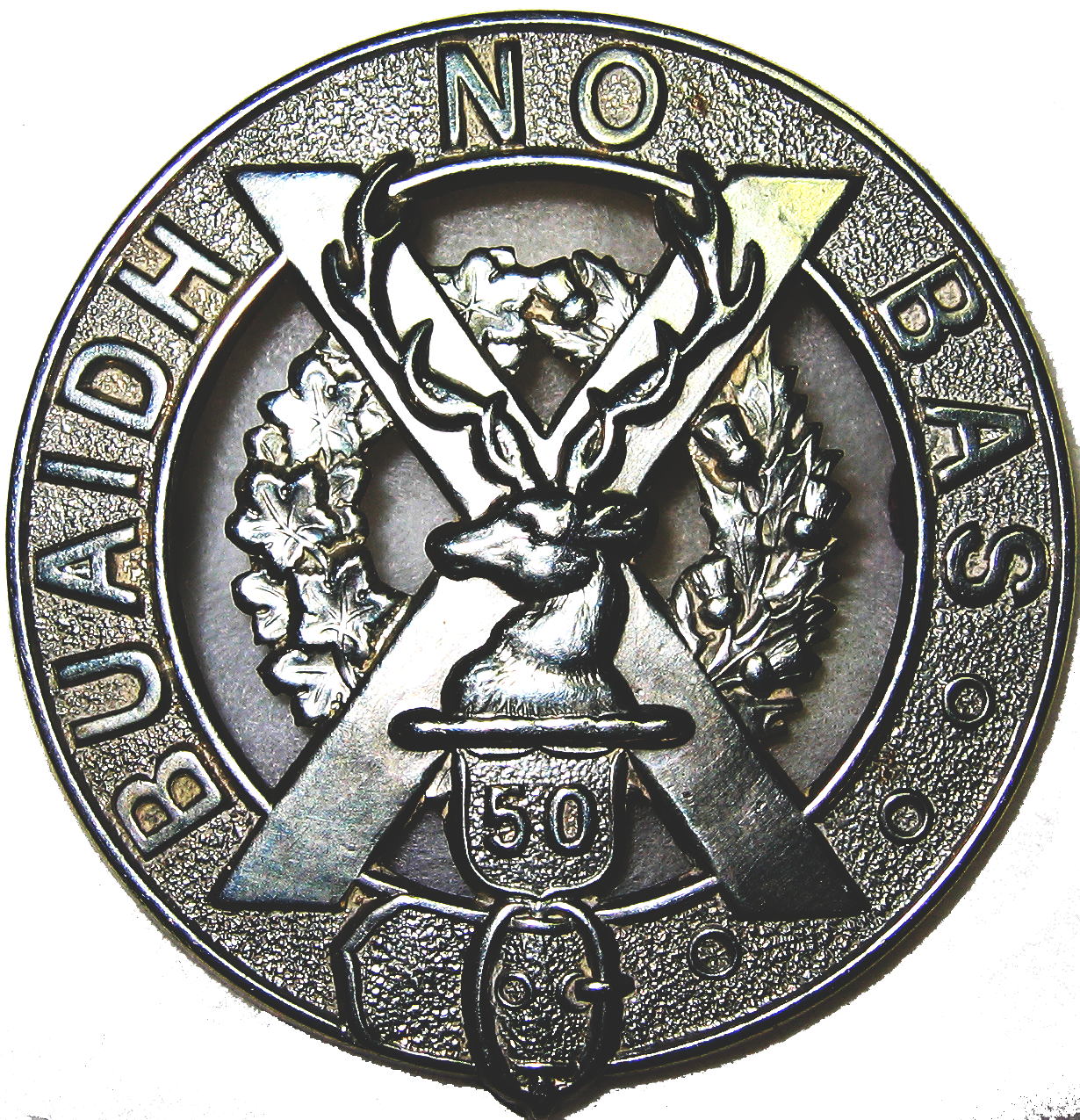 OPCMHVisitor No.: |
HISTORY OF WORK POINT BARRACKSby Jack BatesPART 5 — 1919 to 19391936Work Point in the 30's was a separate culture from Victoria. Senior NCO’s generally lived outside the barracks by this time, previously they were in the brick married quarters. Officers had their option. When there was a domestic issue, and there were lots of them, they were handled by a quorum of the wives. Sgt.“P” comes to mind, drinking, losing at cards, and a black eye was proof. The officers stayed out of it. One incident reportedly was Mrs.“P” in discussion with the Major’s wife in the canteen one day about a smaller than usual pay check, said her husband had mentioned it was because it had been raining. Well, that may have resulted in the black eye! Not at Christmas time though, he was Santa Claus at the “B Coy party. There was an army children’s school in the basement of building 1020, after that the children walked the hill to Lampson Street school. Children also used to pry loose the well known picket in Col. Peter’s house fence on Peters Street to get to the apple tree orchard. The Japanese servants didn’t mind, they thought it was funny, as long as the fence picket was replaced. They did enjoy the rabbits trapped at Macaulay Plains in exchange. A quick read of Daily Orders for “B” Company, 1921 to 1937 reveals it was all routine training, attending camps, instructing, qualifying and promotions, in a particular sense, “just keeping it going.” This soldiering proved of value and as tensions escalated in Europe time spent instructing at summer camps in western Canada increased to 3 and then 4 months. Major Colquhoun was the most remembered CO of B Coy by the children of the day, tall imposing man with a big moustache, as he was one of two Commanding Officers of B Coy to live within the barracks, 1932-1935; the other one was Major Codville in 1924 only. The other two B Coy Majors, Niven and Edgar, lived outside in civilian houses. Major (Pinky) JH Carvosso, eventually D Coy, also lived outside the barracks. Sergeant Hughes (RCA), who carried a cane, was in charge of the Detention Barracks, “the digger” or “the corner.” When a new recruit enlisted, such as George Wilkinson in 1935, CSM Mitchell would take him in there and show him the whipping post, or rack with the cat ‘o nine tails; the cannon balls stacked up in the “Brass Monkey” and the uninviting cells. This tactic was obviously to instill a sense of respect and discipline in the recruit!
WORK POINT DEATH REMOVES ROBERT CLARKE Served at Work Point Barracks as Warrant Officer During Great War
During the Great War he served with the Fifth Regiment as a warrant officer, with headquarters at Work Point Barracks. Mr. Clarke was educated in London and was graduated from Chiswick College, after which he entered the counting house of an old firm in Red Lion Square, Holborn, London. Having a taste for soldiering, he, with a number of young men joined the 37th Middlesex Rifles and served four years, retiring with the rank of sergeant. JOINED 11TH HUSSARS Preferring the army to the counting house he resigned from the latter and joined the 11th (Prince Albert’s Own) Hussars, stationed at Hounslow Barracks, near London. The 11th is one of the crack cavalry regiments of the British army and became famous as it formed part of the “Light Brigade” in the great charge during the Crimean War. He advanced rapidly and was soon promoted to corporal, and appointed clerk to the adjutant, who was then Lord Edmund Talbot, uncle of the present Duke of Norfolk. As a sergeant, he was called upon for special duty during the land troubles in 1886. Returning to headquarters in Dublin, he was promoted to staff sergeant instructor and after eight years with the regiment, he was transferred to the first-class Cavalry Reserve, at Canterbury for four years, retained the rank. RAILROAD FOREMAN Having finished with regimental duties, he next took a trip to the United States of America and with the assistance of old friends, obtained a position on the railroad and a few years later was promoted to divisional foreman. While in Canada he came in touch with some Old Country friends and due to the influence of Lieutenant-Colonel F.B. Gregory, who was the officer commanding the 5th Regiment, C.A., he obtained a position on the Department of National Defence. After twenty-six years of service, he was forced to resign his position and permanently retire due to ill-health. In 1913 he was awarded the Auxiliary Colonial Forces long service medal and in 1918 the silver badge for honorable service during the Great War, 1914–1918. On the outbreak of the war in 1914, the 5th Regiment, C.G.A., was mobilized to man the guns in Macaulay, Rodd Hill, Black Rock and Belmont forts, Esquimalt, with headquarters at Work Point Barracks. During that time he was promoted to Regimental Sergeant-Major, retiring from the service in 1921, having served twenty-four years in the 5th Regiment, C.G.A. THOSE WHO SURVIVE He is survived by his widow, three sons, Bert, Jack, both in the United States, and Edward in Victoria; two daughters, Miss E.M.J. (Nellie) Clarke, and Miss Margaret C. Clarke, both in Saanich; three grandchildren, and two great grand-children; one sister, Mrs. E.G. Tyler, of London, England, and several nephews and nieces. The remains are reposing at Hayward’s B.C. Funeral Chapel and the funeral will be held on Thursday, the cortege leaving the chapel at 1:45 p.m. proceeding the St. Mark’s Church, Cloverdale, where services will be conducted by Rev. O.L. Jull at 2 o’clock. Interment will be made in Royal Oak Burial Park. It is requested that no flowers be sent. TIMES CITY WORKMAN KILLED Truck Overturned, One City of Victoria Workman Killed – Others Injured The City works truck was in transit to Macaulay Point to repair a sewer line. The road narrowed and sloped down, the driver misjudged the width and the truck turned over and landed on its wheels. The foreman and driver in the cab, and other workmen standing in the rear, one worker John Crossman pinned under vehicle, unable to be freed in time. One of the workers, with a broken arm, went up the bank to the Relief Camp, where he got help. One of the constables who attended was Gilbert Stancombe. COLONIST ELLIOT’S HORSE Click here to view PDF article provided by Leona Taylor. Colonist ONE GRAND FAMILY Five fighting sons in one family. That’s the record established locally by Mr. and Mrs. P.H.B. Buxton, 966 Bewdley Avenue, Esquimalt. First there’s Sonny, twenty-four, and holder of the Canadian heavyweight championship. Then there’s Billy, nineteen, featherweight who really stops his opponents in quick time. Next comes Freddy, sixteen, who made a good showing in the British Columbia amateur championship. And there’s Jim, twelve, and Dick, ten, who made their professional debut last Thursday evening at the Esquimalt Athletic Club. So much for the fighters in the family of fourteen children, eight boys and three girls. In rugby, Ken Buxton, who by the way is following his father’s footsteps as a soldier at Work Point Barracks plays wing three quarters, for the league leading Bays. He has played on Victoria’s McKechnie Cup, fifteen, and is named as a candidate for this year’s squad. The girls, we understand, do not take to athletics. They are much younger than the boys, with one exception, and may at a later date gain some prominence in sport. However, regardless of what the fair sex members of the Buxton family do in the line of sport, we feel that the record already set up is one to be proud of, and we say “Congratulations and Good Luck to Mr. and Mrs. P.H.B. Buxton and their fourteen children. May they live long and prosper always.” S.T. 1937Daily Colonist Military Activities 17th FORTRESS COMPANY ROYAL CANADIAN ENGINEERS (N.P.) Part I Orders for week ending February 16, 1937, by Capt. J.H. McIntosh, Officer Commanding. Parades – The 17th Fortress Coy., R.C.E. (N.P.) will parade at Coy. H.Q. at 20:00 hours, Tuesday, February 16. 20:00 hours ceremonial drill, 20:30 hours lecture, 21:00 hours Diesel engines, practical. Duties – To be orderly sergeant for ensuing week, L. Sgt. A. Wilson. Strength Increase – Taken on Strength, effective 9-2-37, Spr. T.R. Willey, No. 74. Strength Decrease – Struck off strength effective 9-3-37, Spr. W. Davidson, No. 4; L. Cpl. H. Carlson, No. 12; Spr. L.L. McQuarrie, No. 64; Spr. K. Thomson, No. 66; Spr. W.Wilson, No. 67; Spr. T. McConnell, No. 69. J.H. McIntosh Capt. March 26, 1937 On March 26th 1937, “B” Company provided a Guard of Honor for the Officer Commanding the America and West Indies Squadron of the Royal Navy, Commodore N.H. Harwood, OBE, who flew his flag on H.M.S. Exeter, along with the Ajax and Achilles. An inspection of the Guard of Honor was held at Work Point Barracks. Three years later officer and ship alike were in the world’s eye because of the roles they played in hunting the German pocket battleship Graf Spee to its doom. Click here to view photo (PDF) courtesy Esquimalt Archives.
B Company PPCLI in ceremonial dress at Work Point, May 12th, 1937. Most of the original WW1 veterans were not in the picture, some had retired and others were part of the instructional cadre. You will notice the absence of WW1 medals being worn by most. Exception was Sgt. Robert McVie, front rank, 17 from the right. His daughter Dorothy married an artillery man Jack Cockrell. The “Cockrell House” in Colwood is named in his memory. Pte. George Wilkinson is in the rear rank, 5th from the left, and thank you George for identifying some of the soldiers. Jimmy Edgar, MC was the Commanding Officer. The space in the rear rank to the right of Pte G Wilkinson was where a man fainted (Tony Agar) and was removed, the remainder of the troops were to “Stand Fast”! The uniforms were of scarlet melton cloth, inherited from the Royal Engineers. A number of B Company PPCLI from Work Point attended the Canadian Small Arms School at Sarcee as instructors training the militia from Western Canada.
On September 30th 1937 “B” Company provided the Guard of Honor for the President of the United States, Franklin D. Roosevelt, during his visit to Victoria.
COLONIST ISLAND SENIOR A SOFTBALL CHAMPIONS Click to view PDF of softball champions Daily Colonist The Dallas road waterfront was crowded with people and with automobiles before noon. Many interested themselves watching the placing of the police, and the coming and going of various officials. The distant rumble of gun-fire as the Phelps saluted and was answered by the batteries at Work Point Barracks, brought a thrill of anticipation to the crowd, on the docks and in the city. The scarlet-coated band of the 5th B.C. Coast Brigade, R.C.A., played the “Star Spangled Banner” as the presidential car halted opposite a colorful composite guard of Princess Patricia’s Canadian Light Infantry and the Royal Canadian Navy. Bayonets flashed as 100 rifles rose and fell in salute. 1938WORK POINT PPCLI B Company M & T - This photo was taken in front of the Warrant Officer’s quarters, likely a guard’s inspection of arms. Teskey was also listed as a cook in the 1938 nominal role. Sidney Mitchell of course was a prominent Warrant Officer in the 1930’s. May 8, 1938
In June 1938, two replacement 6 inch guns, Mk VII, were mounted at Macaulay Point and the remaining (right one) 6 inch disappearing gun, was removed. On October 21st 1938, “B” Company provided a Guard of Honor for Rear Admiral P.W. Nelles, Royal Canadian Navy – the first military guard for a Canadian naval officer of flag rank. Daily Colonist GUNNERS HIT AIR TARGETS Fifth Brigade Anti-Aircraft Batteries Down Floating Parachutes Tricky air currents from the Olympic Mountains that caused target parachutes to gyrate wildly over the waterfront off Fort Macaulay yesterday proved no match for eagleeyed members of the 5th Brigade, R.C.A. anti-aircraft battery, completing their final rounds of firing practice before camp closing. While gun crews made a final check of their equipment, the visiting military twin-engined Vickers bombing airplane from Vancouver roared off the Esquimalt Harbor shortly after noon, carrying three officers of the brigade in addition to its crew of three. Climbing to 5,000 feet, the plane crew radioed word to a ground operator that it had released the first of the weighted red targets three miles off shore. CREWS IN ACTION At orders from the officers of the brigade who picked up the drifting parachute through field binoculars, range finders and two gun crews snapped into action and swung their instruments smartly to the estimated elevation. Watching through one of the wind instruments a Colonist reporter was able to see the results of the shell explosions. With the exactness of automatons the crews quickly bracketed the elusive target with bursts of high explosive, and on the seventeenth deafening round the parachute disappeared in a welter of flame and white smoke. Ripped open by shell fragments the target dropped plummet like into the bay. The only hitch in the afternoon’s firing came when radioed word from the bombing plane notified ground crews to hold fire because of a civilian fishing boat that inadvertently cruised across the bay directly through the shrapnel area under the target. Despite the interruption gun crews made short work of later targets. VANCOUVER UNITS ARRIVING Today before the members of the brigade abandone camp for another year, a series of competitive inter-battery shoots to decide the unit championship will be fired. In the evening, officers and men will evacuate the thirty some odd bell tents to make room for members of the 15th B.C. Coast Defence Brigade from Vancouver. The Vancouver unit, lately organized, will be under the command of Lieut. Col. Beeston, and will be comprised of approximately 250 men, divided into five batteries. The men will land late today and board trucks for the camp. COLONIST NAVAL HEAD VISITS CITY Rear-Admiral P.W. Nelles, R.C.N., Arrives to Inspect Esquimalt Base Rear-Admiral Percy W. Nelles, R.C.N., chief of the naval staff, arrived in Victoria yesterday afternoon to make an official inspection of the ships and establishments at the Esquimalt naval base. Accompanied by Mrs. Nelles, he will remain here until October 29. This is Rear-Admiral Nelles third visit to Victoria since he became chief of the naval staff, but his first visit since he was appointed rear-admiral on August 4 last. Formerly commander-in-charge at the Esquimalt station, in 1928-29, Rear-Admiral Nelles is the first Canadian-born director of the Dominion’s naval affairs. Rear-Admiral Nelles was welcomed on the arrival of the steamer yesterday afternoon by Captain Victor G. Brodeur, R.C.N., senior officer in charge at Esquimalt, and by J.W. Spencer, with whom he will be staying during his visit to the city. This morning Rear-Admiral Nelles will pay formal calls on Hon. E.W. Hamber, Lieutenant-Governor, and Brigadier J.C. Stewart, District Officer Commanding Military District No. 11.
October 31, 1938 ESQUIMALT STATION
Snd. (J.N. EDGAR) Esquimalt, B.C. (Eakins: he went overseas with the Regiment in 1939 but was sent home because he took the “Ric a dam Doo” out of St. James church and took it overseas, he later became a Brigadier General in the British Army) This year for the first time, the entire school moved over to Fort Macaulay, where office, mess, barrack and lecture rooms were improvised from the U. E. R. huts. The officers lived in the “Grand Hotel” (the new barracks hospital building; as yet uncompleted) and went to Macaulay for parades. This was very satisfactory and obviated the bad overcrowding of former years. (PATRICIAN 1938 - pgs 140 & 141) The above is in reference to the now named Royal Canadian School of Infantry & Machine Gun, which vacated building 1004 after the hospital fire in 1931, and moved operations to Fort Macaulay. Building 1004 became the hospital ward. The miniature range referred to was a 30 yard (.22 calibre) rifle range located behind the original hospital and overlooked Rose Bay; Sgt. Pink, the PT instructor, was a professional boxer in earlier days; and the cooks for B Company were Queenie Ross, Bill Tetsky and then Doug Hatch. “Doc” Watson, when on fatigues cleaning up the Magazine on Cole Island, threw a 6” 100 pound shell into the water on a bet. When the inevitable ammunition count was revealed, oh oh, there was one short. He rescued it from the water but still received two weeks “C. B.” as punishment. (Thanks George) 1939COLONIST EVENTS COMPILED FROM THE COLONIST BY LEONA TAYLOR January 1939 – December 1939 Click here to view events as a PDF COLONIST WOMEN WILL FORM NEW AUXILIARY SERVICE CORPS This article reports on the forming of the Women’s Auxiliary Service Corps here in Victoria. Daily Colonist ISLAND TROOPS EMBARK FOR SEATTLE In the early morning sunlight yesterday, 650 officers and men of the Princess Patricia’s Canadian Light Infantry, the First and Second Battalions of the Canadian Scottish Regiment, and the 5th (BC) Coast Brigade, Royal Canadian Artillery, embarked on the United States Coast Guard cutters, Ingram and Atlanta, at Ogden Point Docks, en route to Seattle to lead a parade of 7,000 troops yesterday afternoon as part of the Golden Jubilee celebrations of the State of Washington. With 400 troops from Vancouver, who travelled by a special eleven car train, the Victoria contingent was billeted in the old Seattle Armoury last night, and will return to the city on board the cutters at noon today.
TIMES
TIMES - ROYAL VISIT EDITION ESQUIMALT KEY DEFENCE POINT
By Peter M. Inglis THE CENTENARY of Esquimalt as a naval and military base will soon be observed. It was in the autumn of 1854 that the first ships of the British Navy were stationed at Esquimalt Harbor. In the interim Esquimalt has become steeped in naval tradition. Sail has been replaced by steam and sloops-of-war have been supplanted by the most modern engines of defence. For today Esquimalt is still recognized as the key point of defence on Canada’s Pacific coast. Under Canada’s present defence policy, Esquimalt is again coming into her own. The rejuvenation of the historic naval station with-in the past year or two is apparent to anyone who has watched the intensive development taking place here. Once again the familiar tramp of marching blue-jackets can be heard on the highways. Sleek, grey-hulled destroyers and businesslike minesweepers of the latest type steam in and out of the naval harbor which is their base. LAND BATTERIES Contiguous to Esquimalt, heavy land batteries have and are being placed to command the entrance to the straits. Esquimalt was selected primarily as a naval base, but from the beginning the military forces have been jointly linked with the defensive scheme. The eyes of the service, the air arm, will of course figure largely in the defensive policy of the future, and notable strides have already been made in this direction, but Esquimalt’s part in this picture is debatable, except from the standpoint of seaplanes. Of the Canadian military airfields now under construction, the one at Sidney, Vancouver Island, is the most strategic on this coast. TRANSFERRED IN 1905 The Esquimalt navy yard was transferred by the Admiralty to the Canadian government in 1905. In 1910, H.M.C.S Rainbow came out to the Pacific Station. Sir Charles Kingsmill was appointed director of naval service at Ottawa May 15, 1908, and held that office until December 31, 1920. Canada’s first submarines, the CC-1 and CC-2, built in Seattle for the Chilean navy and purchased by Sir Richard McBride for the Dominion Government at a cost of $ 1,150,000, reached Esquimalt on the morning of August 5, 1914. After the war the navy declined, but was revived in March, 1921, when H.M.C.S. Aurora and the destroyers Patrician and Patriot visited Esquimalt. In the latter part of 1923 the Patrician was permanently based here. Then came the modern H.M.C.S Skeena, followed by the naval quartette of destroyers Ottawa, Fraser, St. Laurant and Restigouche, and the minesweepers Comox and Nootka. COMMANDERS Commander Charles T. Beard took over on March 21, 1923, and was responsible for the establishment of present Esquimalt Naval Barracks. Commander Beard continued in command here until April 10, 1924. Subsequent Canadian officers in charge at Esquimalt were as follows: Commander F.H. Brabant, April 11, 1924, to November 23, 1925; Commander Percy W. Nelles, November 24, 1925, to January 21, 1929; Commander L. W. Murray, January 22, 1929, to June 23, 1931; Commander Robert I. Agnew, June 24, 1931, to May 27, 1932; Commander Victor G. Brodeur, May 28, 1932, to January 31, 1934; Commander W.J.R. Beach, February 1, 1934, to May 14, 1934; Commander George C. Jones, May 15, 1934, to May 13, 1936; Commander C.T. Beard, May 14, 1936, to October 13, 1938; Capt. V.G. Brodeur, October 13, 1938. CANADIAN UNITS In 1906, when the Imperial troops were replaced by the Canadian permanent force, the Esquimalt garrison consisted of 350 officers and men comprising the following units: 58th Company, Royal Garrison Artillery; 44th Company, Royal Engineers; 48th Company, Royal Engineers (submarine mining) and detachments of the Army Service Corps, Royal Army Medical Corps, Army Ordnance Corps, and Army Pay Corps. The permanent garrison this year consists of Headquarters Staff, Military District No. 11 (Brigadier J.C. Stewart, D.O.C.); District Establishment and No. 5 Heavy Battery, R.C.A.; No. 11 Detachment Royal Canadian Engineers; B Company, Princess Patricia’s Light Infantry; Western Fortress Signal establishment, Royal Canadian Corps of Signals; No. 11 Detachment, Royal Canadian Army Service Corps; No. 11 Detachment, Royal Canadian Army Ordnance Corps; No. 11 Detachment, Royal Canadian Army Medical Corps; 11th Detachment of Royal Canadian Army Pay Corps and 11th Detachment of Canadian Staff Clerks. The non-permanent garrison consisted of: Headquarters 5th (B.C.) Coast Brigade (N.P.), 55th, 56th and 60th Heavy Batteries, R.C.A., (N.P.); 12th Heavy Battery (non active); 2nd Anti-Aircraft Battery R.C.A. (N.P.); 17th Fortress Searchlight Company, R.C.A. (N.P.); 11th Fortress Signal Company; 1st Battalion Canadian Scottish Regiment; Headquarters, 2nd Battalion; 6th Division Petrol Company and 2nd Composite Company, R.C.A.S.C.; No. 5 Army Field Workshop; Canadian Army Ordnance Corps; No. 11 District, Store Section, Royal Canadian Army Ordnance Corps; No. 13 Field Ambulance, Canadian Army Medical Corps and detachment of No. 11 Canadian Army Postal Corps. TIMES - ROYAL VISIT EDITION ESQUIMALT WAS OLD-TIME PORT
By Dick Freeman SAILING SHIPS that had made the long passage from Britain around Cape Horn and sidewheel steamers that had churned their way up the coast from San Francisco — Victoria’s first link with the outside world — used to arrive at the very spot where today seaplanes taxi in on the last lap of the long but swift air journey across the Dominion. Before the white man came the Indians called the spot Esquimalth, “The Place of Shoaling Waters.” The foot of Wharf Street in Esquimalt 80 years ago was very little different from what it is today. The name was not the same — today it is Pioneer Street — and there were several saloons then instead of one beer parlor, but the general impression of wooden-fronted buildings and board sidewalks was the same. That little cluster of buildings was in the sixties, seventies and eighties the whole of Esquimalt, a village completely distinct from Victoria. Today the inhabitants still know it as “The Village,” apart from the larger and newer parts of the municipality. It is appropriate that the corporate seal of Esquimalt today still bears, in its centre, the picture of a warship of the old style, a long, lean cruiser with four spindly funnels and a single gun on its foredeck, for it was around ships of that sort and their predecessors of the sail-and-steam era that the village and later the municipality arose. The navy had not been long in Esquimalt when the army arrived, the Sappers coming first, and gave the place the dual distinction it has had ever since; The most westerly army headquarters and the most westerly naval base in the British Empire. Esquimalt continued its small and separate identity from the fort four miles away. That it was a lively as well as a small place is shown by the police records of 1862, which solemnly read: “Seamen of H.M. Fleet handed to their officers, 54; sent ashore for imprisonment from on board H.M. Fleet, 8; merchant seamen refusing duty, 15.” FIRST LAND BOOM Then, a few years before Victoria ceased being a fort and blossomed out into an incorporated city, the first boom came to Esquimalt. Gradually the district grew in population; some of Victoria’s oldest and finest homes were built along its rocky shoreline. Early in the 1890’s the coming of the street cars gave the district a big leg-up. At first it was an interurban line, distinct from the other services of the city. The cars left from the old powerhouse near the present car barns and cut across to Bay Street over wooden trestle. The fare was 15 cents one way and 25 cents return. Disaster struck the service in 1896 when the Point Ellice bridge gave way beneath a heavily-loaded interurban train carrying home a crowd that had been celebrating the Queen’s birthday, and more than 40 persons were drowned. In 1912, when the boom reached its climax, Esquimalt was becoming densely settled. FIRST COUNCIL On August 15, 1912, letters patent were issued to the new municipality. Charles A. Lugrin was the first reeve, and Robert A. Anderson, James S. McAdam, George F. Matthews, John T.L. Meyer, Colonel James Peters and C. Arthur Rea, councillors. The new council held its first meeting at noon on September 23 in the old Soldiers’ and Sailors’ club. After mutual congratulations it adjourned and met again in the evening at Lampson Street School. Since 1912 Esquimalt has gone ahead slowly. Its life has not been an easy one. Now there are 3,500 people living in Esquimalt’s 1,500 acres. They have 25 miles of paved roads and more than 17 acres of municipal parks. Daily Colonist CHEERING CROWDS LINE STREETS TO JOIN IN WELCOME Route of Procesion From Wharf to Government House Thronged With Citizens BRIGHT UNIFORMS ADD COLOR Through the long wait, the spectators had been beguiled by the arrival of the various units in “the guard of honor.” The bright scarlet of the Princess Pats’ mechanized (motor cycle) corps had punctuated the somber blue of the navy. Even when the note of command was drowned out by the singing of the crowd, the harsh roar of dock sirens and the antistrophe of the military bands, the long line of uniformed men had fallen into place with such machine like precision that they might have been fashioned in one piece. It pleased the crowd to see that His Majesty’s first concern upon his arrival on Vancouver Island was this well- disciplined corps of his sailors. A tense silence, which was more disturbing than a shout, accompanied the King’s inspection of his guard of honor. Meantime, Her Majesty stood in the same soft fall of English rain, a smiling vision in pale blue, chatting with the women who had come to bid her welcome to Vancouver Island. Momentarily the blinding flash of a camera bomb lightened her face as she turned to three points of the compass, with the sea behind her, to survey the friendly crowd. Far as her eye could reach in every direction her murmuring audience was perched on curb and bastion and sea wall. TROOPS MARCH ON Marching with precision as though inspired by the applause of the crowd, the khaki units of the Garrison Artillery and the Princess Pats deployed into position on Belleville Street between Blanshard and Government Streets. The white capped ratings of the Royal Canadian Navy manned the block on the harbor front. Just before dusk, girl dancers of the Victoria Scottish Societies kept the crowd entertained with reels and jigs and Highland Flings, on a platform erected near the cenotaph. Nearby, the band of the Canadian Legion played patriotic airs, and near the Crystal Garden the band of the Princess Pats could be heard in stirring tunes. A NAVAL GUARD A ripple of interest ran through the crowds as the guard of honor from the Royal Canadian Navy marched into position on Belleville Street opposite the C.P.R. piers. The guns from Work Point Barracks could be heard sounding the Royal Salute, a sign that the King and Queen were near, and the crowd stirred itself, ready to break into a roar of welcome. The Regimental motor cycle escort under Capt. R.L. Mitchell made a brave show; the officers were to have been presented but events overlapped and Their Majesties conveyed their thanks at second hand.
August 26th, Work Point Barracks became the headquarters of the 5th BC Coast Brigade R.C.A., controlling six artillery sites in the Esquimalt-Victoria Fortress area, strength was 226 all ranks. The headquarters was in the hospital building. 2nd Anti Aircraft Battery manned 2 - 6-inch guns at Work Point and detachments of 5 Heavy Battery manned 2 - 12-pounder guns at Macaulay Point. September 10, 1939, Canada declared war on Germany. At the time, “B” Company was commanded by Major J.N. Edgar, MC, and the additional “D” Company by Major J.H. Carvosso, MC. Unfortunately Major “Pinky” Carvosso, didn’t proceed overseas with the regiment, he suffered a broken leg when a 4X Bakery truck ran into the marching 1st Platoon rounding a corner in the barracks. Photo Drill 1939 in preparation for departing Work Point Barracks in November 1939.
Photo Inspection beside married quarters in Work Point Barracks prior to departure in November 1939. (P50-182) In the background is the McVie family home, 622 Lyall Street. KING GEORGE VI VISIT This 14 minute video, courtesy of Clare Sharpe of the CFB Esquimalt Naval and Military Museum, is in colour but unfortunately without sound. One can imagine the audio if it were available of such a grand tradition. It covers the ceremonial presentation of the George VI Colours to the RCN at Beacon Hill Park and at HMCS NADEN. The retired King George V colours were placed in Building N 35 and reside within the chapel under glass. (2024) TIMES Royal Visit of King George VI and Queen Elizabeth Click to view the Victoria Daily Times 12-page Pictorial Also see OPCMH - November 17, 2023 WORK POINT BARRACKS
COLONIST MILITIAMEN GO TO CAMP Canadian Scottish and Ambulance Units Embark to Vernon Headed for Vernon, where they will go under canvas and take part in a week’s large scale military manoeuvres, some 300 members of Victoria’s non-permanent forces embarked early yesterday afternoon on H.M.C.S. Ottawa at Esquimalt for their annual camp training. The 1st Battalion, Canadian Scottish Regiment, 200 strong, under the command of Major E. Henderson, led the parade from the street car terminus at Esquimalt to the naval dockyard jetty. Following, came headquarters company, piped and drums and “D” company of the 2nd Battalion (machine gun), approximately sixty members, all ranks, in command of Lieut. Colonel Walter Bapty. Then came the detachment of the 13th Field Ambulance, Royal Canadian Army Medical Corps, thirty-five strong under Captain C.A. Watson. MACAULAY POINT GOLF COURSE Esquimalt Township Minute Book A letter was received from DND, Royal Canadian Signal Corps, requesting permission to erect a radio station on Macaulay Point Golf Course. The consent of the club had been obtained and permission was granted. WORK POINT BARRACKS FASHION NOTES – SERVICE UNIFORM Staff Sergeant T. I. James of B Company, Princess Patricia’s Canadian Light Infantry, stationed at Work Point Barracks in Esquimalt, dons the kit of the day prior to proceeding overseas in December of 1939. (Note the reverse spiral wrap of the puttees)
November 1939
ESQUIMALT TOWNSHIP Esquimalt Minute Book A letter from Major Major Sherwood was read requesting permission for the Department of National Defence to lay cable along the property frontage on streets shown on a plan submitted. Moved and seconded that “permission be granted the DND to bury cable on the road allowance along the property lines on the streets indicated on the plan submitted, on the understanding that should this installation interfere with any projected Municipal undertaking the cable will be removed within one month upon notice from Esquimalt Council [ believe this to be part of the Fleming Beach cable. November 15, 1939 City’s Overseas Contingent Sails For the Mainland Companies of Princess Patricia’s Canadian Light Infantry BATTLE-GARBED in their new “romper” uniforms, in full marching order with steel helmets and gas masks, Victoria’s contingent of the overseas division of the Canadian Active Service Force, the famous Princess Pats, embarked yesterday afternoon on the Princess Kathleen on the first leg of a journey that will eventually take them on overseas service. Fully four thousand persons crowded the causeway, Bellevlle Street and the C.P.R. wharf to see the troops of the P.P.C.L.I. go to war. It was the first farewell of the present war, and recalled to many similar scenes of 1914-1918. Relatives predominated in the crowd, mothers and fathers, sweet hearts, brothers and sisters clustering round the men in the ranks as they stood at ease on the wharf before going on to the ship. Tears were in many eyes as lasr good byes were said to the young clean cut soldiers, who exuded confidence and looked superbly fit for whatever lies before them. Under the command of Major J. N. Edgar, M.C., the regiment marched from Work Point Barracks behind the band of the 1st Battalion The Canadian Scottish Regiment, by way of Esquimalt Road, Johnson Street Bridge, Wharf - Yates - Government Streets, followed by an increasing number of cars and people on foot, as the column drew near to the docks. At Work Point, Premier T.D. Patullo stood beside Brigadier J.C. Stewart as the District Officer Commanding took the salute when the men marched out of the barracks. The Premier had gone out to the barracks to say good bye to the officers and men. “The people of British Columbia have not the slightest doubt of your determination to see this thing through,” Premier Patullo said to the men. “I hope the Almighty will preserve you, give you courage and send you home safely.” RADIOS PRESENTED Before the troops left the barracks two radios were presented to the P.P.C.L.I. contingent, one from Leonard Woodhouse on behalf of the Brittania Branch of the Canadian Legion, and one from Brigadier J. Sutherland-Brown on behalf of the Army and Navy Veteran’s Association. Commending the men on their departure, Brigidier Brown said, “I know you will do your stuff.” As the troops passed through Esquimalt, people waved and cheered and bid them good bye. At Wharf Street the men of the 2nd Battalion (M.G.) The Canadian Scottish Regiment, lined the roadway to give them a cheering farewell. Many veterans of the last war turned out to watch their successors leave for active service, and khaki clad figures were scattered among the crowd around the docks as members of other military units in Victoria also added their good wishes to the embarking troops. The familiar songs of 1914-18, “Tipperary” and “Pack Up Your Troubles” alternated with the modern “Beer Barrelled Polka” as the Pats gathered at the bow of the ship and laughed and called farewells to their relatives and friends ashore. For the most part though, it was a rather serious crowd that watched them go, women quietly crying, and fathers, many of whom veterans of the last war, stilled by thoughts of what might be in store. Brigadier Stewart last night expressed pride in the troops that had departed from his command. “They are a very fine body of men” he told the Colonist, “and something that British Columbia can well be proud of.” Photo: Princess Pats Leave on War Service, Crowds Bid the Princess Pats Farewell - 2
The Times later published two photos of the departure ceremonies at Work Point Barracks after the film pack, lost by the cameraman of the day, was recovered following an advertisement being placed in the paper. Building # 1058 was constructed and became the Royal Canadian Corps of Signals centre at Work Point Barracks. At the time of construction it was outside the bounds of Work Point Barracks on Victoria View Drive. It continues today as headquarters for the Regional Cadet Support Unit (Pacific). It was the headquarters and training building for # 2289 – 5th Area Signals Squadron Cadet Corps, into which a number of us joined in 1954, and was also the home the West Coast Signal Regiment Reserves in Victoria, into which some of us moved onto in 1956. The regular force Sergeant was George Wolfe, a wonderful man. He and his wife Nada, their daughter Sandra and son Derrick lived at 387 Anson Street during this period. I keep in touch with Nada who lives in Ottawa and turned 94 in 2012. LIST of PERSONNEL of PPCLI who had been members of “B” Company stationed at Work Point Barracks, Esquimalt, BC, between the years 1919-1939, or were Instructors with the Royal Canadian School of Infantry. Most of these were still serving during the time prior to 1939. The regimental #’s are from 20004 – 22204. Click here to view List of Personnel of PPCLI as a PDF file (Thanks to George Wilkinson for editing 1929 to 1939)
MACAULAY PLAINS Photos are of Canadian Artillery Gunners at Macaulay Plains encampment, Work Point Barracks, in 1939.
|
||||||||||||||||||||||||||||||||||||||||||||||||||||||||||||||||||||||||||||||||||||||||||||||||||||||||||||||||||||||||||||||||||||||||||||||||||||||||||||||||||||||||||||||||||||||||||||||||||||||||||||||||||||||||||||||||||||||||||||||||||||||||||||||||||||||||||||||||||||||||||||||||||||||||||||||||||||||||||||||||||||||||||||||||||||||||||||||||||||||||||||||||||||||||||||||||||||||||||||||||||||||||||||||||||||
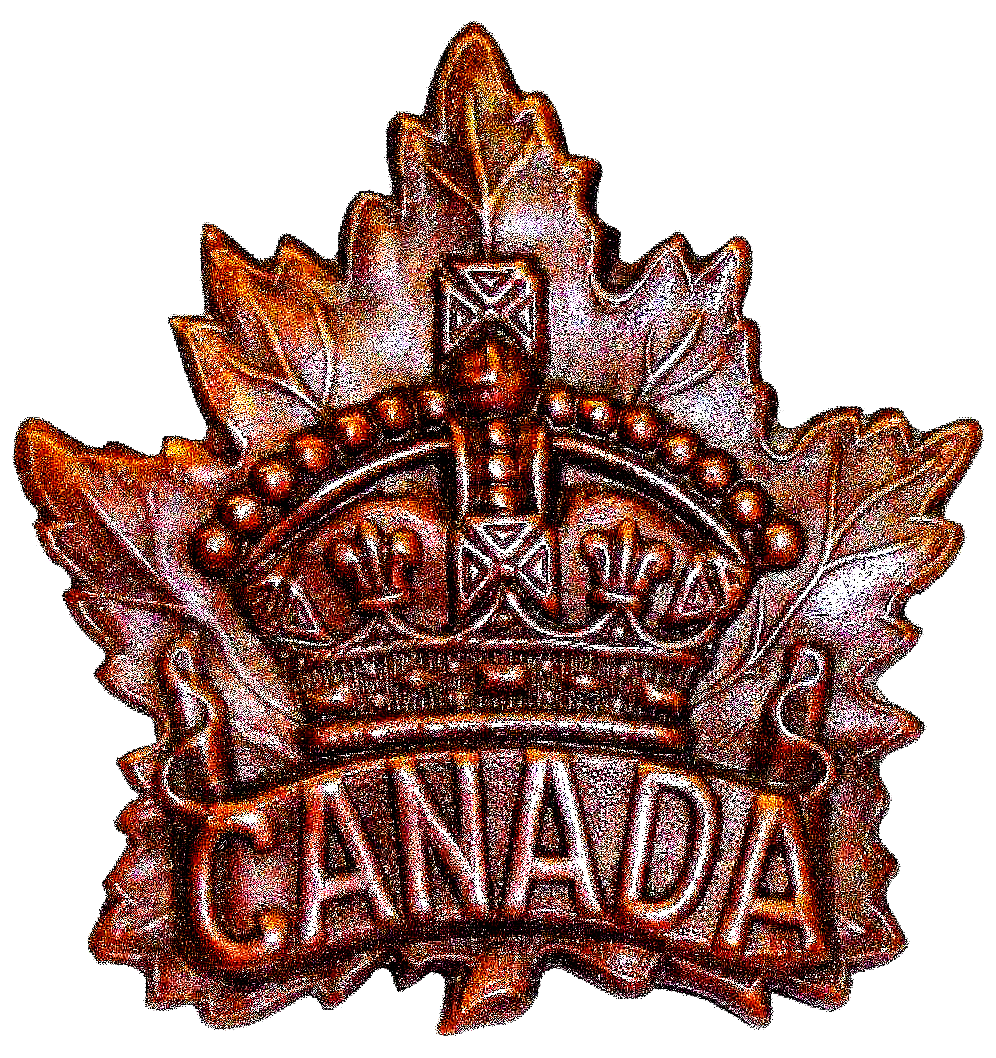
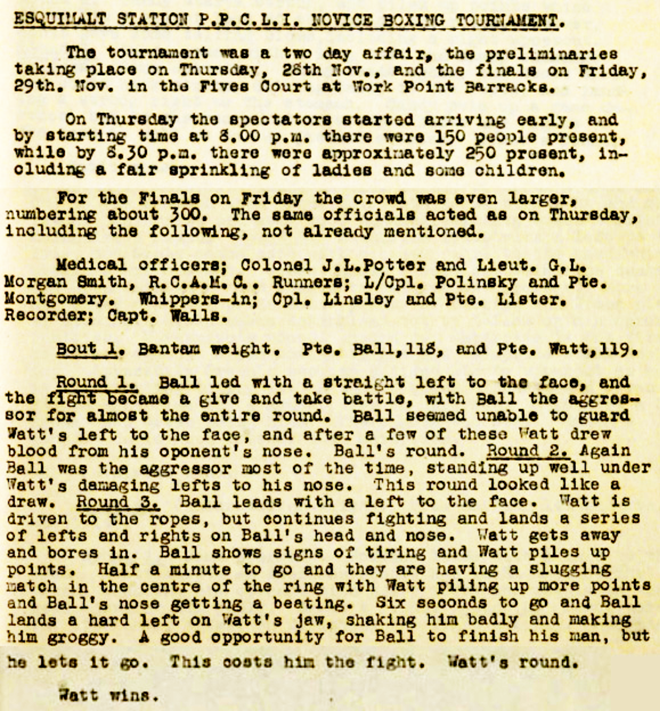
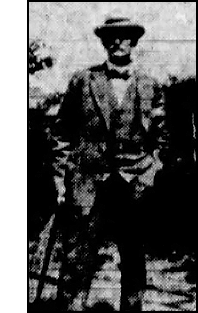 Following a long illness, Robert Oldham Clarke, aged seventy-five, passed away at the family residence, 85 Hampton Road, yesterday. Born in London, he came to Victoria thirty-nine years ago.
Following a long illness, Robert Oldham Clarke, aged seventy-five, passed away at the family residence, 85 Hampton Road, yesterday. Born in London, he came to Victoria thirty-nine years ago.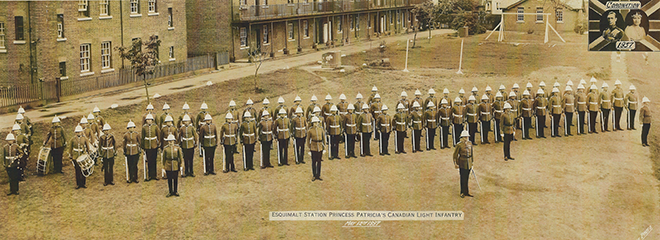

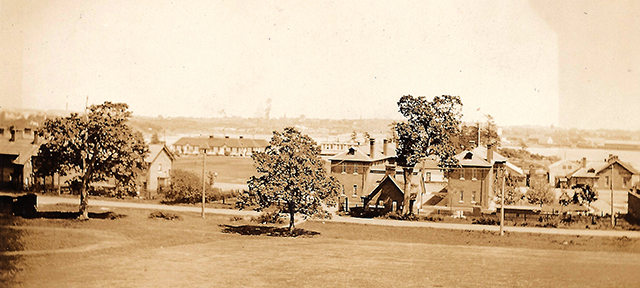
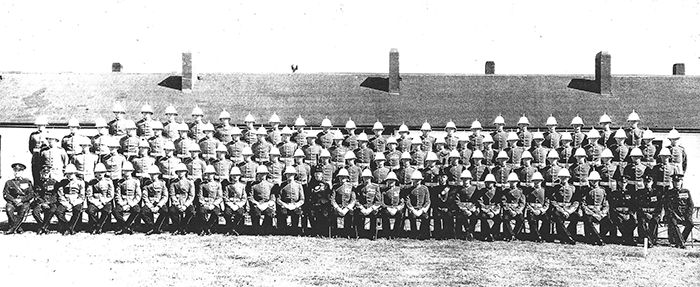
.png)
.png)
.png)
